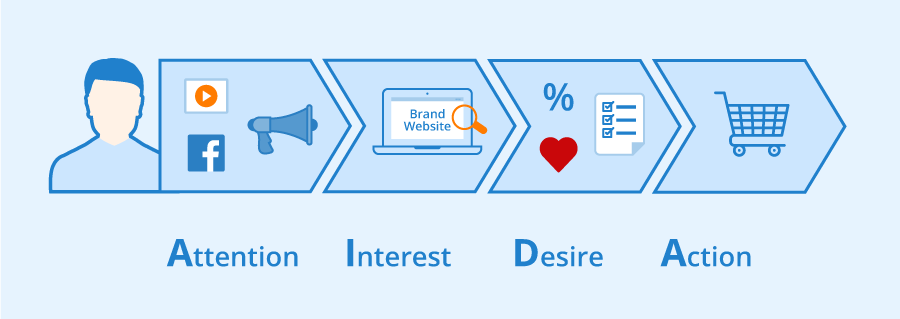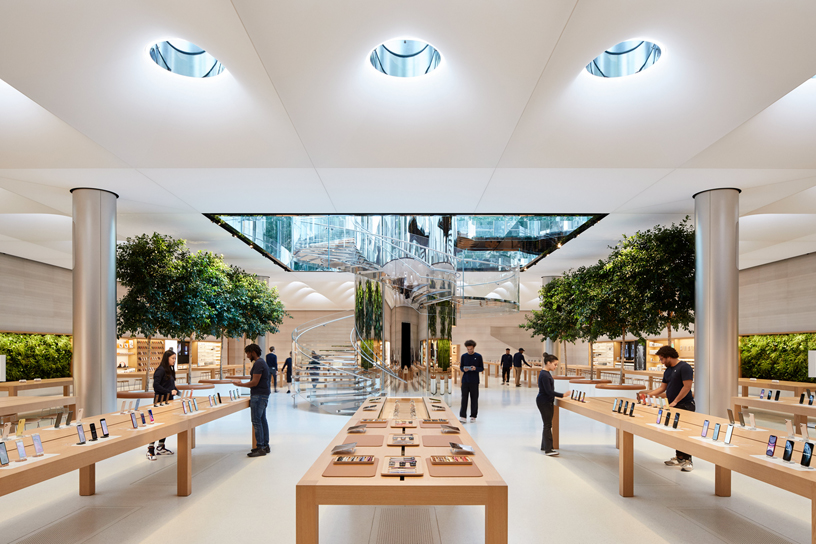Why Ad Attention Isn’t Enough
This is an awareness test.
How did you do?
Did you get 13 passes?
How bout that moonwalking bear?
Harvard University used a similar video in their invisible gorilla experiment, and half of the participants didn’t notice the gorilla.
Yet, eye-tracking studies would say the participants paid attention to the video.
The concept of “attention” can be deceiving.
Inattentional Blindness
We can be fully locked in and paying attention, and still miss out on crucial info.
Reading that book at the coffee shop seemed like a good idea.
But between the hissing of the espresso machine, the loud table neighbor to your right, and the car alarm blaring outside, you find yourself struggling to follow the plot.
Inattentional blindness is when you fail to notice something obvious because you’re too focused on another task or aspect of your environment.
Inattentional blindness is great if you are a magician, but not so great if you are paying for an ad slot on a site filled with clutter and distractions.
As we’ve seen, something can be squarely in your view, like a moonwalking bear, or an ad, without you having any idea.
Attention’s Role in Marketing
In marketing, brands communicate with their target audience. The audience’s attention is required if a brand wants its message to be heard.
But attention alone isn’t sufficient.
How can we increase our chances that not only will our audience pay attention, but also hear our message?
Cut out the distractions.

Sit further away from the espresso machine and pop in some noise-canceling headphones. Or better yet, shift locations to a quiet park bench.
In digital advertising, this means scrutinizing where your ads are running. What does the ad environment look like?
If the page is slow, ads are stacked on top of each other, and the overall user experience is terrible, users won’t hear your brand’s message, nor have the interest in doing so.
Attention needs ambience.
AAIDA
Let’s put a spin on the popular marketing model known as AIDA.
AIDA stands for Attention, Interest, Desire, and Action.
Brands and content creators often use this framework to structure their communication and connect effectively with their audience.

The issue: the AIDA model assumes the audience’s attention is attainable.
Before even trying to capture the audience’s attention, we want to set the stage.
“Setting the stage” isn’t new to the offline world. Retail stores have long used soft lighting and pleasant music to create a relaxed atmosphere that encourages shoppers to spend more time browsing.

We want our customers to have an enjoyable online experience as well, so we shouldn’t skip to “attention” before setting the ad environment stage.
Adding “Ambience” to the framework gives us the more robust AAIDA:
A – Ambience
The initial step involves ensuring a positive user experience for ad placements. Key aspects include website usability, load times, and how well the ad integrates into the digital environment.
A – Attention
This phase describes the process of capturing a viewer’s eye. It involves using engaging visuals, compelling headlines, and creative elements that distinguish the ad in the digital space.
I – Interest
After capturing attention, the focus is on maintaining the viewer’s interest. This is achieved by presenting appealing and relevant content to the viewer’s needs and desires.
D – Desire
This is the stage where the audience’s interest transforms into a desire for the product or service. Helpful tactics include highlighting unique selling points and communicating the overall value proposition.
A – Action
The final stage involves motivating the audience to take a specific action, such as making a purchase. A clear and direct call to action increases the chances of success.

Details Matter
You don’t have to be familiar with the Emmy Award-winning show The Bear to appreciate the attention to detail at this Michelin-starred restaurant:
If a streak on a fork is enough to impact a diner’s experience, maybe it’s also worth managing our customer’s ad experience a little closer.
And it doesn’t have to be as grueling as polishing forks for 9 hours a day. UX metrics can help us manage our user’s ad experience at scale.
Here’s a live look after you give Ad Ambience a spin:
It’s a love story, here’s how you can say yes.
